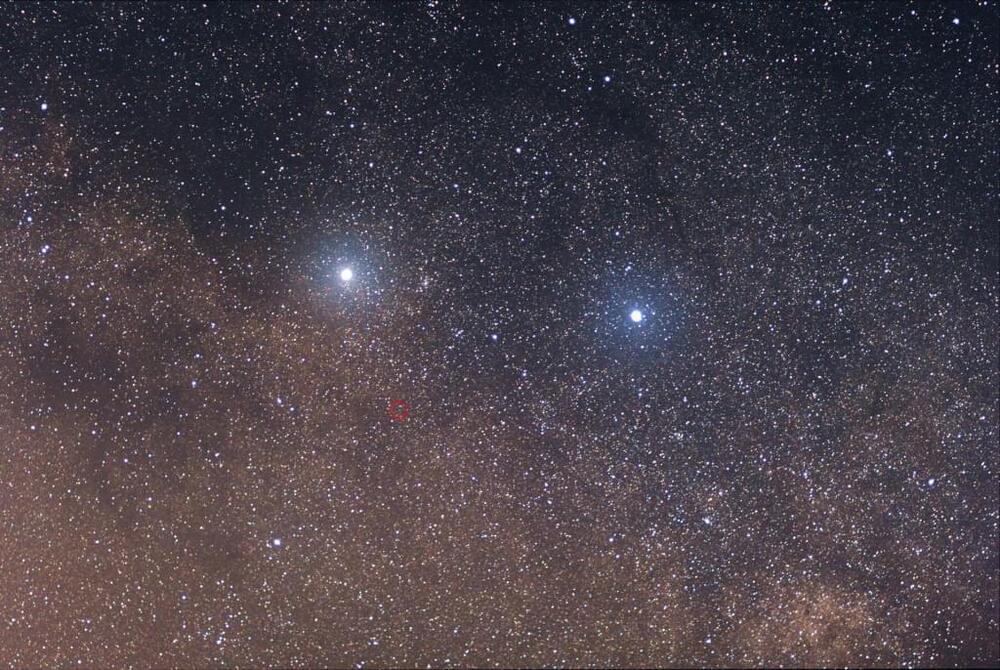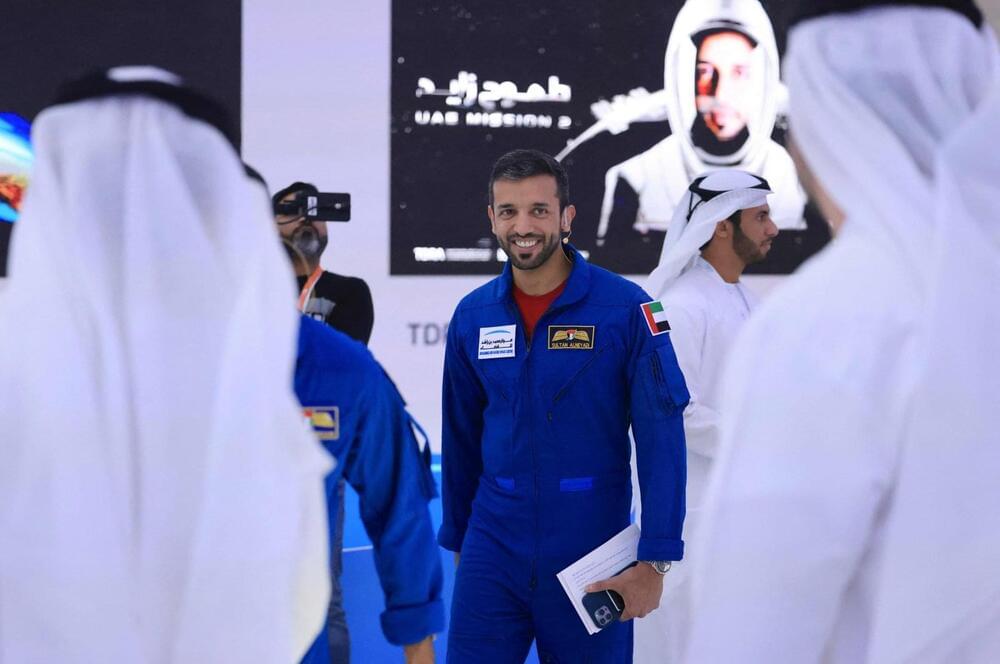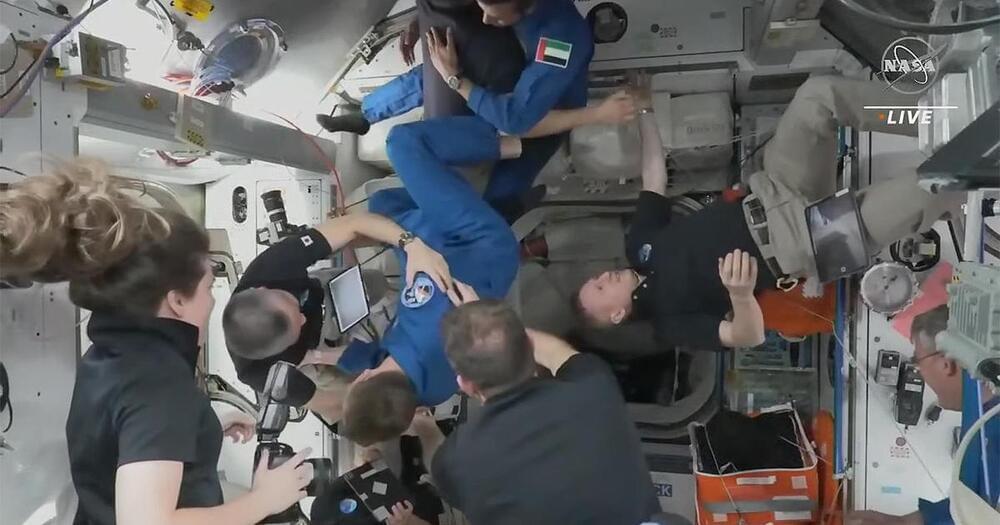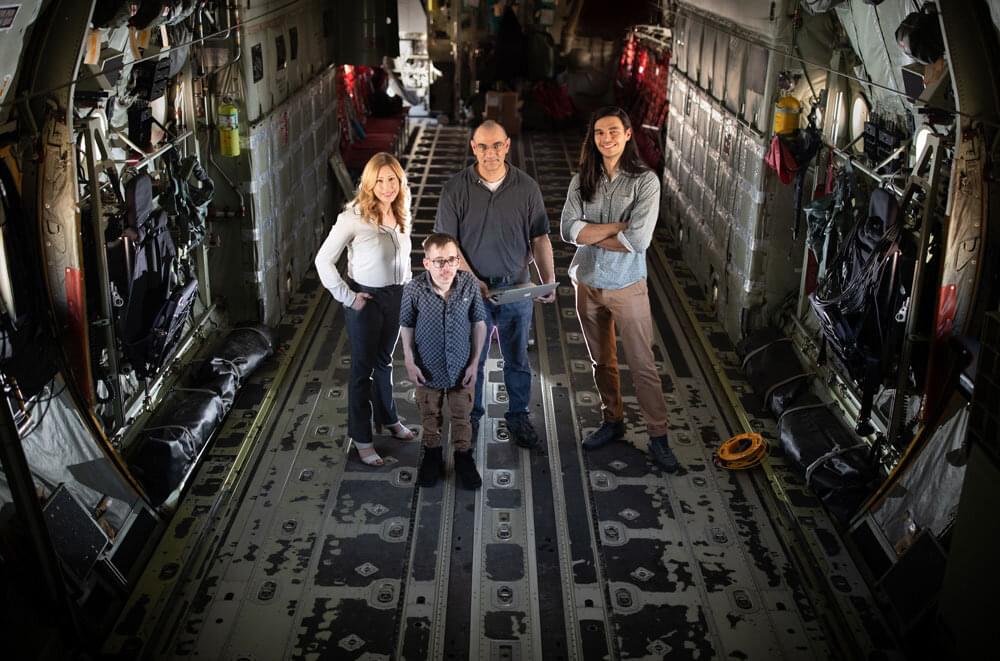Researchers claimed to have found a way to build a spacecraft that can travel at one-fifth of the speed of light, making traveling to another solar system a reality. Read the article to learn how this could be possible.
Category: space travel – Page 138

How Humans Could Go Interstellar, Without Warp Drive
The field equations of Einstein’s General Relativity theory say that faster-than-light (FTL) travel is possible, so a handful of researchers are working to see whether a Star Trek-style warp drive, or perhaps a kind of artificial wormhole, could be created through our technology.
But even if shown feasible tomorrow, it’s possible that designs for an FTL system could be as far ahead of a functional starship as Leonardo da Vinci’s 16th century drawings of flying machines were ahead of the Wright Flyer of 1903. But this need not be a showstopper against human interstellar flight in the next century or two. Short of FTL travel, there are technologies in the works that could enable human expeditions to planets orbiting some of the nearest stars.
Certainly, feasibility of such missions will depend on geopolitical-economic factors. But it also will depend on the distance to nearest Earth-like exoplanet. Located roughly 4.37 light years away, Alpha Centauri is the Sun’s closest neighbor; thus science fiction, including Star Trek, has envisioned it as humanity’s first interstellar destination.
Second Variety
FULL AudioBook | GreatestAudioBooks | Science Fiction / Fantasy — Early victories by the USSR in a global nuclear war cause the United Nations government to retreat to the moon leaving behind troops and fierce autonomous robots called “Claws”, which reproduce and redesign themselves in unmanned subterranean factories. After six bloody years of conflict the Soviets call for an urgent conference and UN Major Joseph Hendricks sets out to meet them. Along the way he will discover what the Claws have been up to, and it isn’t good… — Second Variety was first published in the May 1953 edition of Space Science Fiction Magazine. (Summary by Gregg Margarite)
About the Author, Philip K. Dick:
Philip Kindred Dick (December 16, 1928 – March 2, 1982) was an American writer notable for publishing works of science fiction. Dick explored philosophical, social, and political themes in novels with plots dominated by monopolistic corporations, authoritarian governments, alternate universes, and altered states of consciousness. His work reflected his personal interest in metaphysics and theology, and often drew upon his life experiences in addressing the nature of reality, identity, drug abuse, schizophrenia, and transcendental experiences.
Born in Illinois before moving to California, Dick began publishing science fiction stories in the 1950s, initially finding little commercial success. His 1962 alternate history novel The Man in the High Castle earned Dick early acclaim, including a Hugo Award for Best Novel. He followed with science fiction novels such as Do Androids Dream of Electric Sheep? (1968) and Ubik (1969). His 1974 novel Flow My Tears, the Policeman Said won the John W. Campbell Memorial Award for best novel. Following a series of religious experiences in February–March 1974, Dick’s work engaged more explicitly with issues of theology, philosophy, and the nature of reality, as in such novels as A Scanner Darkly (1977) and VALIS (1981). A collection of his non-fiction writing on these themes was published posthumously as The Exegesis of Philip K. Dick (2011). He died in 1982 of a stroke, aged 53.
In addition to 44 published novels, Dick wrote approximately 121 short stories, most of which appeared in science fiction magazines during his lifetime. A variety of popular films based on his works have been produced, including Blade Runner (1982), Total Recall (1990), Minority Report (2002), A Scanner Darkly (2006), Paycheck (2003), Next (2007), and The Adjustment Bureau (2011). In 2005, Time magazine named Ubik one of the hundred greatest English-language novels published since 1923. [6] In 2007, Dick became the first science fiction writer to be included in The Library of America series. (Summary adapted from Wikipedia.org — Attribution: https://en.wikipedia.org/w/index.php?title=Philip_K._Dick&action=history)
► For FREE SPECIAL AUDIOBOOK OFFERS & MORE:
http://www.GreatestAudioBooks.com.
► Friend Us On FACEBOOK:

Emirati ‘Sultan of Space’ mulls fasting on ISS during Ramadan
Martial arts enthusiast Sultan AlNeyadi, who will be the second person from the United Arab Emirates to blast off into space, considers fasting during the Muslim holy month of Ramadan in orbit.
AlNeyadi, 41, dubbed the “Sultan of Space” by his alma mater, will blast off on Feb. 26 for the International Space Station (ISS) aboard a SpaceX Falcon 9 rocket.

Everyday Life in a Type II Civilization | Unveiled
What if YOU were a type II person? Join us, and find out!
Subscribe ► https://wmojo.com/unveiled-subscribe.
In this video, Unveiled takes a closer look at everyday life in a type two civilization! Following the Kardashev Scale, humans hope to achieve type two in the near future… and EVERYTHING will change when we do!
This is Unveiled, giving you incredible answers to extraordinary questions!
Find more amazing videos for your curiosity here:
6 Scientific Breakthroughs Predicted For Your Lifetime — https://youtu.be/wGKj-3AfxdE
Did Scientists Just Discover a Theory of Everything? — https://youtu.be/nGUWJYVCsp4
0:00 Intro.

SpaceX capsule delivers latest four-member crew to International Space Station
Once aboard, the four-member team faces a busy workload of more than 200 experiments and technology demonstrations, ranging from studies of human cell growth in space to controlling combustible materials in microgravity.
Some of the research will help pave the way for future long-duration human expeditions to the Moon and beyond under NASA’s Artemis program, its successor to Apollo, the U.S. space agency said.
The ISS crew also is responsible for performing maintenance and repairs aboard the station, and to prepare for the arrival and departure of other astronauts and cargo payloads.
NASA’s SpaceX Crew-6 Mission | Approach and Docking with ISS LIVE
On Thursday, March 2 at 12:34 a.m. ET (12:34 UTC), Falcon 9 launched Dragon’s sixth operational human spaceflight mission (Crew-6) to the International Space Station from Launch Complex 39A (LC-39A) at NASA’s Kennedy Space Center in Florida. Following stage separation, Falcon 9’s first stage landed on the Just Read the Instructions droneship.
Dragon will autonomously dock with the space station on Friday, March 3 at approximately 12:43 a.m. ET (5:43 UTC). Follow Dragon and the crew’s flight below.
During their time on the orbiting laboratory, the crew will conduct over 200 science experiments and technology demonstrations in areas such as life and physical sciences to advanced materials, technology development, in-space production applications, and even student-led research.

Hackers could try to take over a military aircraft; can a cyber shuffle stop them?
A cybersecurity technique that shuffles network addresses like a blackjack dealer shuffles playing cards could effectively befuddle hackers gambling for control of a military jet, commercial airliner or spacecraft, according to new research. However, the research also shows these defenses must be designed to counter increasingly sophisticated algorithms used to break them.
Many aircraft, spacecraft and weapons systems have an onboard computer network known as military standard 1,553, commonly referred to as MIL-STD-1553, or even just 1553. The network is a tried-and-true protocol for letting systems like radar, flight controls and the heads-up display talk to each other.
Securing these networks against a cyberattack is a national security imperative, said Chris Jenkins, a Sandia cybersecurity scientist. If a hacker were to take over 1,553 midflight, he said, the pilot could lose control of critical aircraft systems, and the impact could be devastating.
Largest Structures in the Universe Contain Magnetic Fields That Shed Light on Cosmic Web Formation
Magnetic fields abound in the universe. Despite the fact that the Universe is electrically neutral, atoms may be ionized into positively and negatively charged nuclei and electrons.
According to Science Alert, magnetic fields are created when charges are accelerated. Collisions between and inside interstellar plasma are one of the most prevalent sources of large-scale magnetic fields. This is one of the primary generators of magnetic fields at the cosmic scale.